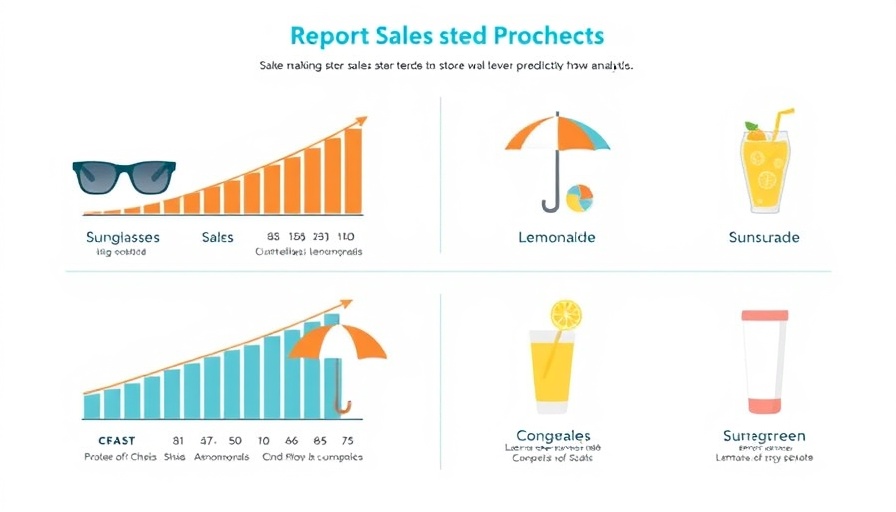
The Future of Work: Redefining Company Structures
Replit's CEO, Amjad Masad, recently challenged conventional business paradigms, suggesting that traditional organizational charts may soon become relics of the past. Speaking at Y Combinator’s AI Startup School, he painted a vivid picture of a future where AI agents take on labor-intensive tasks, allowing creative minds to design software through simple verbal commands. Masad believes this transition will significantly impact how companies operate, advocating for a move away from rigid hierarchies to agile networks of generalists collaborating with intelligent AI tools.
From Specialization to Generalization
Historically, businesses have thrived on a model of hyper-specialization rooted in the industrial revolution. Employees have typically been molded into specialists, confined to narrow roles. However, what happens in a corporate landscape where a single employee can manage HR, marketing, and product development all at once due to AI capabilities? Masad envisions a workforce that mimics open-source project teams, where roles are fluid and collaboration is paramount.
This is a sentiment echoed by Paul Roetzer, founder of SmarterX and the Marketing AI Institute. As he considers the future of his own organization, Roetzer contemplates the promise of structuring his business around AI, allowing for a more dynamic and versatile workforce. He argues that for legacy companies with entrenched hierarchies, adapting to this new paradigm will require significant changes, while emerging companies can more readily embrace these principles.
The Emergence of the Generalist Employee
In this reimagined workplace, the most valuable assets might just be adaptable generalists. Masad is already implementing this vision at Replit, where the lines between job roles blur. Designers, engineers, and product managers collaborate more closely, fostering innovation that traditional job categories may stifle. Roetzer points out that hiring shouldn’t strictly focus on titles like sales or marketing; instead, employers should seek intelligent individuals capable of cross-functional collaboration.
As AI continues to evolve, professionals must adapt as well. Being narrowly defined by past experiences will become less relevant, creating opportunities for individuals to explore multiple career paths. The potential for growth now extends beyond traditional confines—anyone can become anything, provided they harness the tools available to them effectively.
Ideas Are the New Currency
As AI technologies execute routine tasks, the value of creative and strategic thinking climbs to new heights. Companies will soon place a premium on innovative ideas instead of technical execution alone. By shifting their focus towards nurturing creativity, organizations can thrive in an environment driven by AI.
This approach highlights the importance of cultivating an AI marketing strategy that aligns with evolving consumer expectations. Innovative strategies in AI sales automation and customer experience AI will lead to business growth, creating pathways for effective lead generation and enhanced client relations.
Preparing for Disruption
The transition Masad outlines isn’t merely theoretical; it challenges businesses to proactively rethink their structures and embrace fluidity. The consequences will be particularly stark for companies entrenched in rigid hierarchies. For new firms, however, the opportunity to innovate and leverage AI tools is immense—transforming challenges into competitive advantages.
As the future unfolds, organizations prepared to pivot and capitalize on this disruption will not just survive but thrive in an increasingly automated world.
If you’re interested in understanding how to grow your business with AI tools effectively, focus on cultivating adaptable roles within your team and harnessing the power of AI for creating innovative workflows. Explore more on how AI marketing strategies can propel your company forward.
 Add Row
Add Row  Add
Add 





Write A Comment